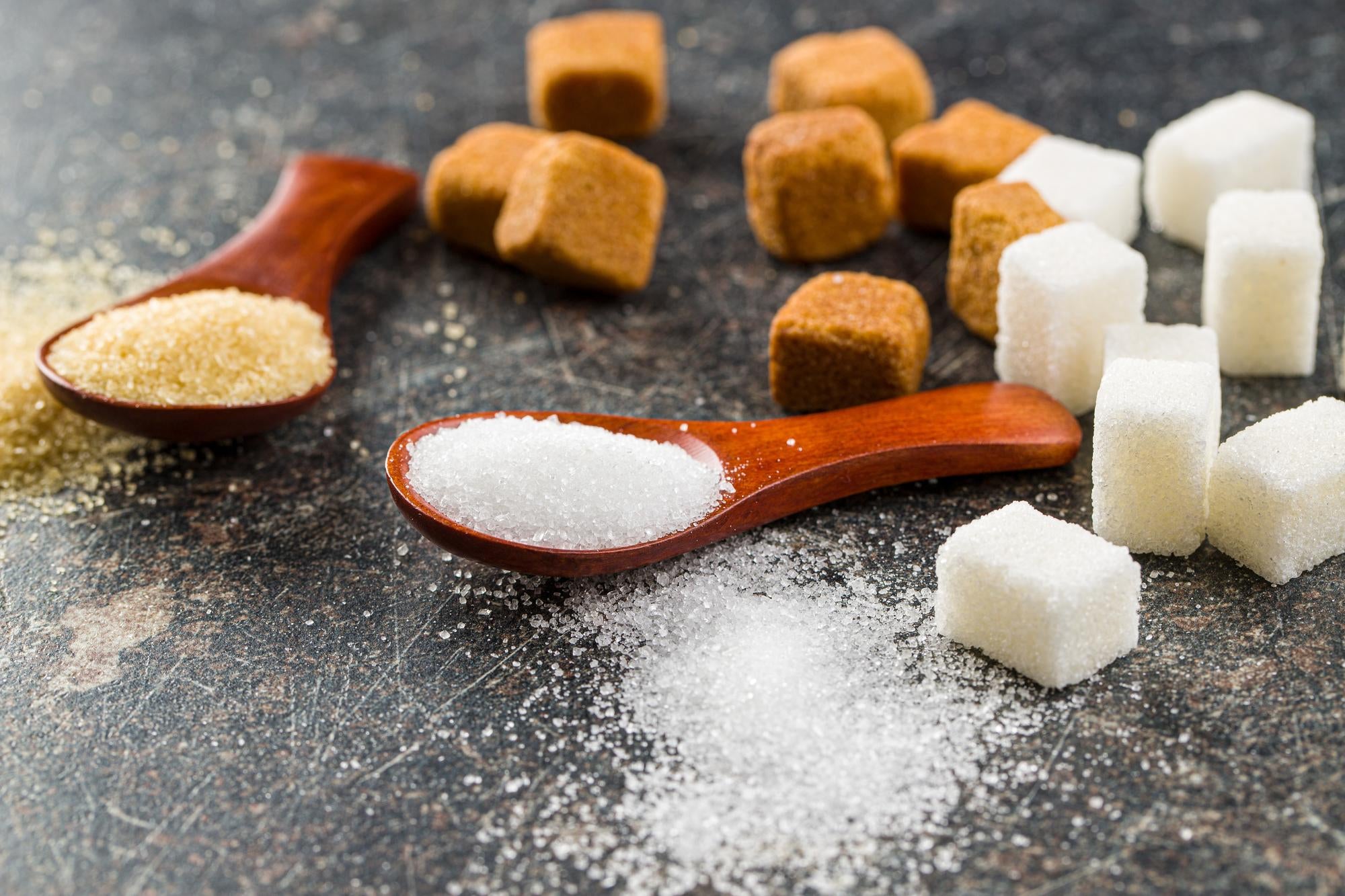Learning about beet sugar vs cane sugar can help individuals decide which matches their preferences better.
Learning about beet sugar vs cane sugar can help individuals decide which matches their preferences better.
Blog Article
Discover the Uses and Conveniences of Beet Sugar Vs Cane Sugar in Your Daily Diet
Checking out the distinct top qualities of beet and cane sugar discloses greater than simply their sweetening capabilities; it highlights their one-of-a-kind effect on health and culinary arts. Beet sugar, understood for its refined flavor, is typically favored in delicate treats, whereas cane sugar, with its tip of molasses, includes splendor to durable dishes. Each kind holds its very own dietary profile and glycemic implications, inviting a deeper understanding of their duties in a balanced diet regimen and sustainable intake techniques.
Origin and Manufacturing Processes of Beet and Cane Sugar

The distinctive environments and soil types needed for growing sugar beets and sugarcane add to differences in their growing methods and geographical circulation, affecting the economics and sustainability of their manufacturing. beet sugar vs cane sugar.
Nutritional Comparison Between Beet Sugar and Cane Sugar
In spite of originating from different plants, beet sugar and cane sugar are nutritionally extremely comparable, both primarily containing sucrose. Each offers regarding 4 calories per gram, converting to roughly 16 calories per teaspoon. Structurally, both sugars are composed of approximately 99.95% sucrose, with minimal amounts of various other compounds like wetness and trace element, which do not considerably alter their nutritional profiles.

Inevitably, when choosing between beet sugar and cane sugar based upon dietary material alone, both offer the same advantages and downsides as they are basically forms of the very same molecule-- sucrose, supplying fast power without various other nutrients.
Influence On Wellness: Glycemic Index and Caloric Material
Checking out better into the results of beet sugar and cane sugar on health, it is essential to consider their glycemic index and calorie web content. The glycemic index (GI) of both beet and cane sugar is around 65, classifying them as high-GI foods, which can trigger quick spikes in blood glucose degrees.
Each kind of sugar contains about 4 calories per gram, making their caloric content matching. For those keeping an eye on caloric intake, particularly when managing weight or metabolic health and wellness conditions, comprehending this equivalence is crucial (beet sugar vs cane sugar). Nevertheless, too much consumption of any type of high-calorie, this page high-GI food can contribute to wellness issues such as weight problems, heart problem, and insulin resistance.
Environmental and Economic Factors To Consider of Sugar Production
Beyond health impacts, the manufacturing of beet and cane sugar additionally increases considerable ecological and economic issues. Sugar beet farming tends to call for cooler climates and has a reduced geographical impact contrasted to sugar cane, which grows in exotic areas.
In addition, making use of pesticides and plant foods in both beet and cane sugar cultivation can result in soil deterioration and contamination, further impacting biodiversity and regional water bodies (beet sugar vs cane sugar). The choice in between cultivating sugar beet or cane usually rests on neighborhood environmental conditions and financial variables, making the sustainability of sugar production a complicated issue
Culinary Applications and Taste Differences
While the browse around these guys environmental and financial elements of sugar production are certainly substantial, the selection between beet and cane sugar also influences culinary applications and flavor accounts. Beet sugar, derived from the sugar beet plant, is known for its remarkably neutral taste.
Walking stick sugar, drawn out from sugarcane, typically preserves molasses traces, which pass on a distinctive splendor and deepness. This mild molasses taste enhances the complexity of baked products, sauces, and marinates. It is particularly preferred in items where a sugar touch is wanted, such as in brownies or gingerbread. Furthermore, the mild variant in moisture content in between beet and cane sugar can impact the structure and consistency of meals, making cane sugar a favored option for particular recipes that benefit from its one-of-a-kind homes.

Conclusion
To conclude, both beet and cane sugar have distinctive origins and production processes, offering similar dietary accounts with slight distinctions in salt content and taste. While their influence on health, especially pertaining to glycemic index and calories, is equivalent, the selection between them commonly comes down to environmental, economic elements, and certain cooking needs. Understanding these facets can lead consumers in making notified decisions that straighten with their health objectives and flavor preferences.
Report this page